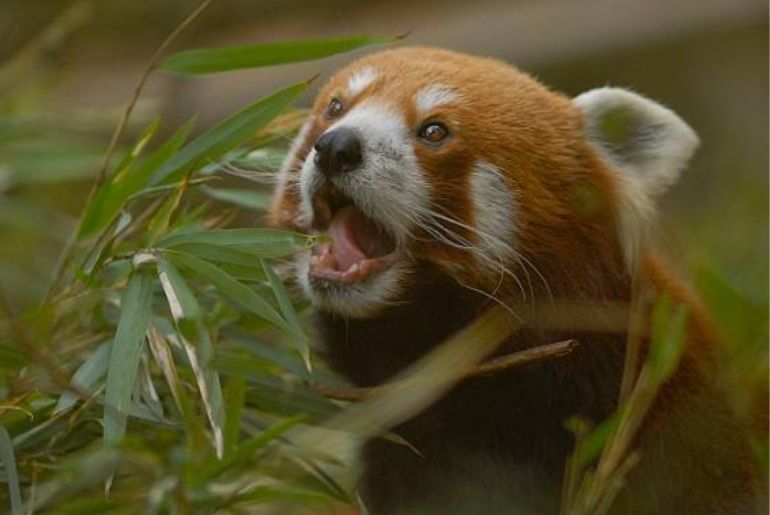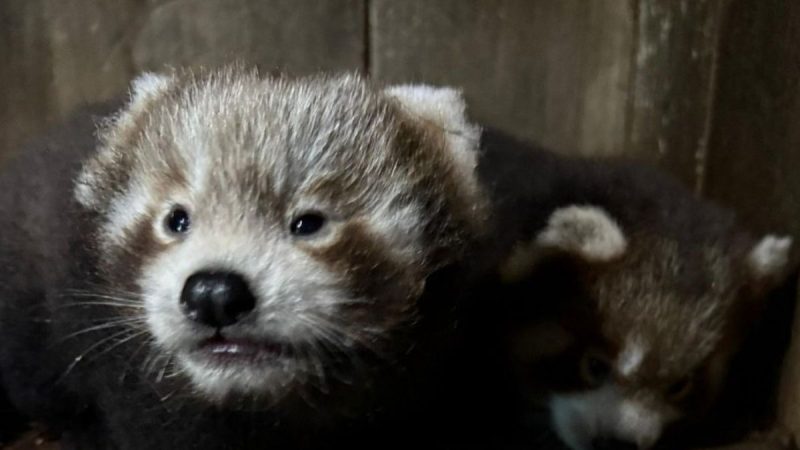It’s always heartwarming to see a zoo’s breeding efforts pay off. In June, the Himalayan Zoological Park in Bulbuley, Gangtok, welcomed two red panda cubs, a species listed as endangered on the IUCN Red List. Born to female red panda “Lucky”, the birth of two cubs marks the zoo’s first successful breeding in seven years. Read to know more details.
Gangtok Welcomes Two Red Panda Cubs

On June 15, 2025, two red panda cubs named Lucky(II) and Mirak were born in the Himalayan Zoological Park in Bulbuley, Gangtok. Officials have marked the birth of this breed as a significant success in the Red Panda Conservation Breeding Programme. This programme was started in 1987 with two pandas named Preeti from Rotterdam Zoo and Jugal from the Padmaja Naidu Himalayan Zoological Park in Darjeeling. To boost genetic diversity, authorities added a wild-origin pair named Lucky and Ram in 2005.
This programme has faced major setbacks, one of them being outbreaks of Canine Distemper. Canine Distemper is a deadly disease that majorly affects the respiratory, gastrointestinal, and nervous systems. This disease has earlier killed all red pandas in the Gangtok zoo.
As per the NorthEast India24 report, Sikkim always supported red panda conservation as they are considered the state animal. So far, the Gangtok zoo has not yet revealed the gender of the new red panda cubs. The duo will be staying in the nest box for the next few months. The zoo staff is keeping a close eye on these pandas and will keep sharing updates with the public.
A Win For Conservation Efforts
NorthEast India24 mentioned that on the success of red panda breeding after seven years, Gut Lepcha, Additional Director of the Himalayan Zoological Park, has said that this moment serves as a hope and a major milestone in their conservation efforts. A red panda researcher has mentioned that this moment is not just a win for the zoo but also a milestone for global conservation efforts.
This panda breed has reddish-brown fur, black bellies and legs, and white-lined ears, and they live in the Eastern Himalayas. These animals are considered “endangered” under the IUCN Red List. There are fewer than 2,500 red pandas left. The number is constantly decreasing because of climate change, poaching, and habitat loss.
Also Read: Delhi Zoo’s Deer Enclosure At Risk Of Being Flooded; Authorities Put Monsoon Action Plan Into Place
Cover Image Courtesy: X/ ZIN





